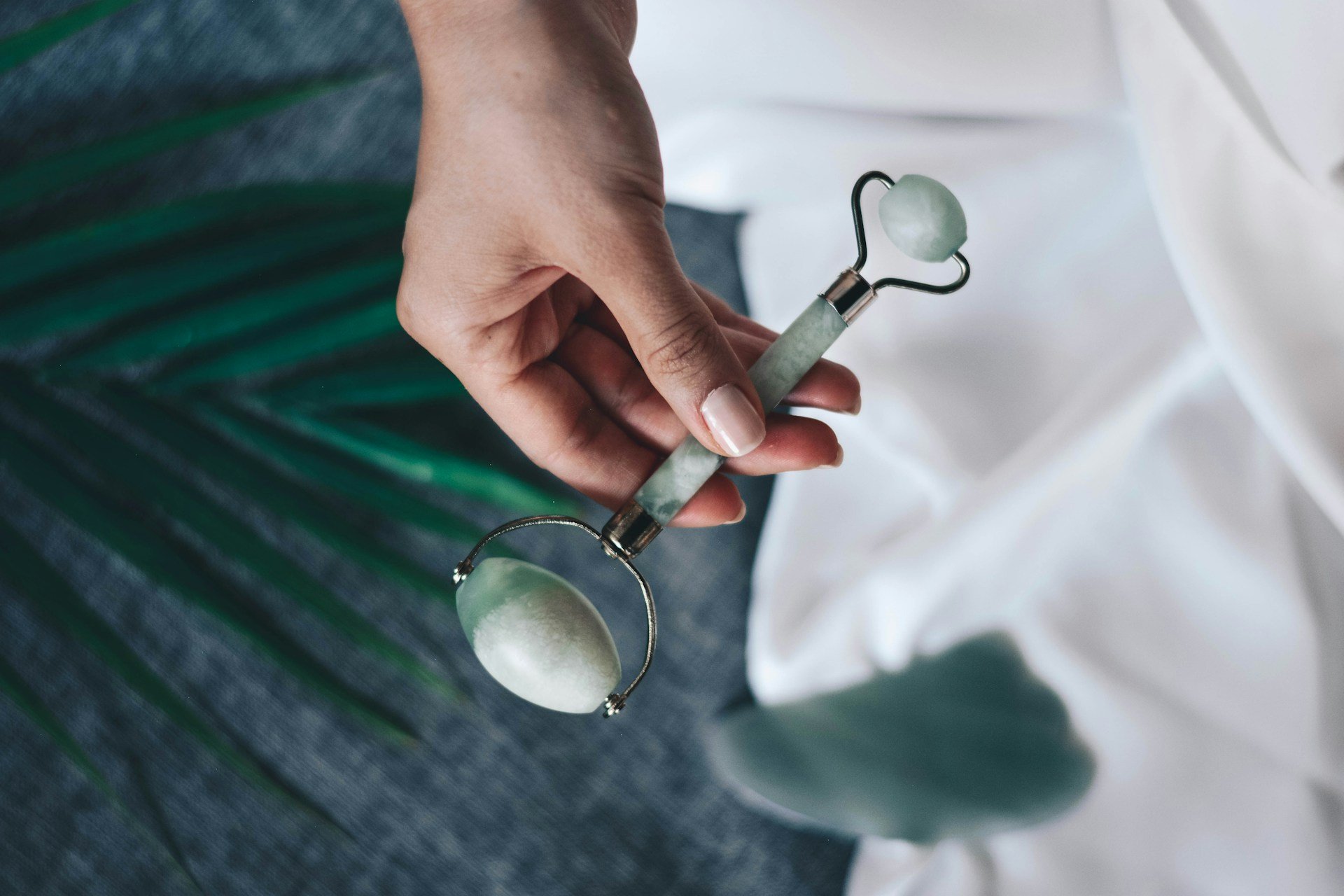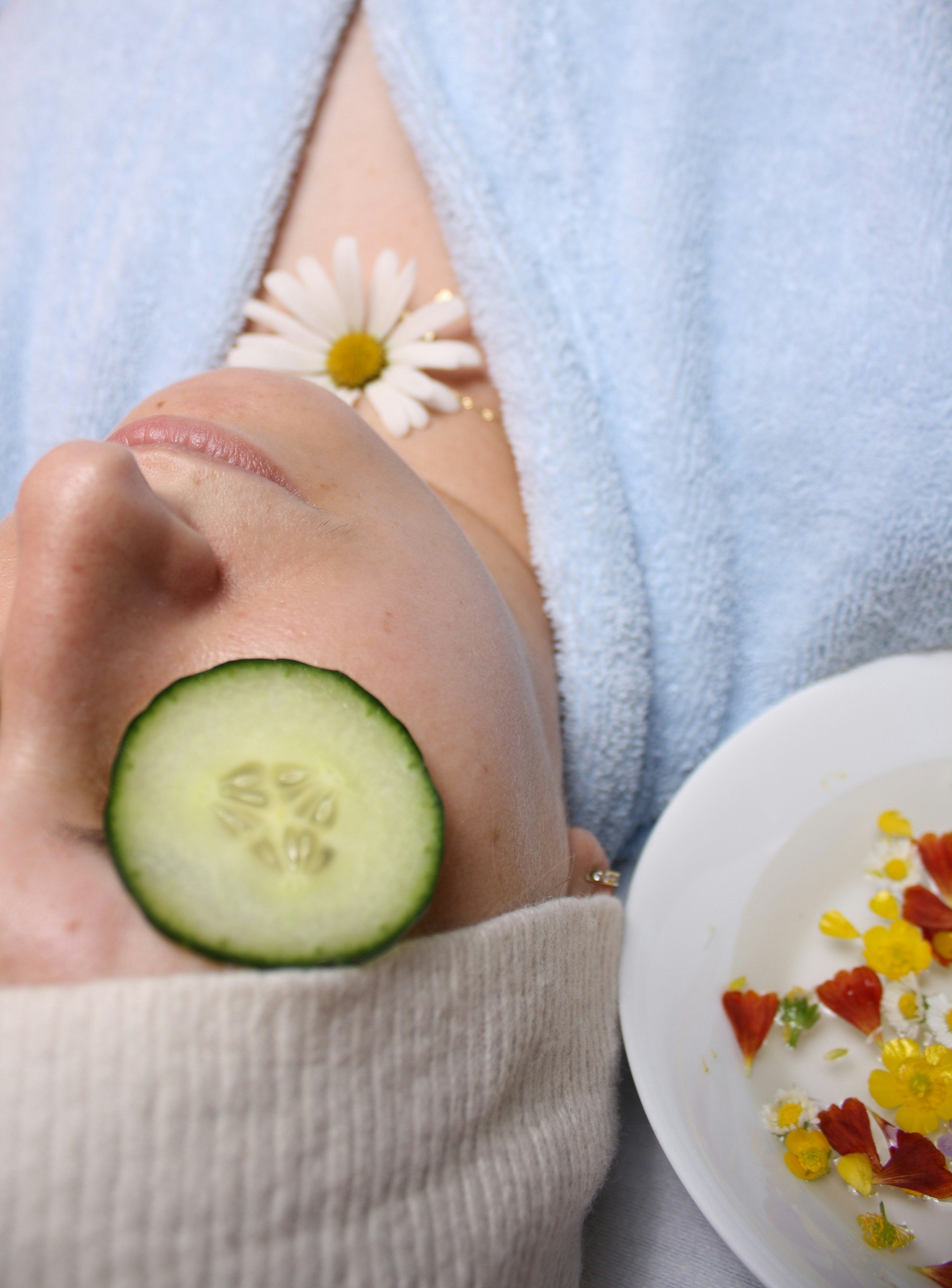The pursuit of relaxation, rejuvenation, and holistic well-being has been a universal human endeavor across cultures and civilizations. Spas, as centers for wellness and self-care, have a rich history that varies significantly from one part of the world to another. From the age-old traditions of the East to the more modern practices of the West, spa rituals reflect the cultural values, natural resources, and philosophical beliefs of their origins.
This article delves into the fascinating world of traditional spa practices around the globe, highlighting how different cultures approach wellness, and how these practices have evolved and influenced each other over time.
The Origins of Spa Culture
The concept of the spa dates back thousands of years, with the word "spa" itself believed to have originated from the Roman town of Spa in Belgium, famous for its healing hot springs. However, the practice of using water, heat, and natural elements for therapeutic purposes is found in many ancient cultures.
Ancient Rome: The Birthplace of the Modern Spa
The Romans were pioneers in developing sophisticated public bathhouses, known as thermae, which were integral to their daily lives. These bathhouses were not only places for bathing but also for socializing, exercising, and relaxing. The Roman baths included various rooms with different temperatures, such as the caldarium (hot bath), tepidarium (warm bath), and frigidarium (cold bath), as well as steam rooms and massage areas. The Romans believed in the healing powers of water, and their baths were often located near natural hot springs.
Ancient Greece: The Healing Waters of Hippocrates
The Greeks also recognized the therapeutic benefits of water, with Hippocrates, the father of medicine, advocating for the use of baths in treating various ailments. Greek baths, however, were more focused on cleanliness and purification than the elaborate rituals of the Romans. They were often simple and functional, serving as places for athletes to cleanse themselves before and after training.
Eastern Spa Traditions: Harmony and Holistic Healing
In the East, spa practices are deeply intertwined with ancient philosophies and holistic approaches to health and well-being. The focus is often on balancing the body, mind, and spirit, using natural elements and traditional healing techniques.
Japan: The Art of Onsen and Sentō
Japan's spa culture is rooted in its abundant natural hot springs, known as onsen. These geothermal baths are found throughout the country and are believed to have healing properties due to their mineral content. Onsen bathing is a deeply ingrained cultural practice, offering not just physical relaxation but also mental and spiritual renewal. The Japanese onsen experience is often communal, with a strong emphasis on ritual cleansing before entering the bath.
In urban areas, where natural hot springs may not be available, the Japanese turn to sentō, or public bathhouses. While sentō typically use heated tap water rather than natural spring water, the ritual and social aspects remain similar to the onsen experience. Both onsen and sentō play a vital role in Japanese culture, promoting relaxation, social interaction, and a connection with nature.
China: Traditional Chinese Medicine and Spa Practices
Traditional Chinese Medicine (TCM) has profoundly influenced spa practices in China. The Chinese approach to wellness is holistic, focusing on the balance of yin and yang and the flow of qi (energy) through the body. Chinese spas often incorporate elements of TCM, such as acupuncture, acupressure, herbal treatments, and cupping therapy.
Foot reflexology, another popular spa treatment in China, is based on the belief that specific points on the feet correspond to different organs and systems in the body. By stimulating these points, practitioners aim to promote healing and balance. The use of herbal steam baths, often infused with medicinal plants, is another common practice, believed to detoxify the body and improve circulation.
India: The Ancient Wisdom of Ayurveda
India's spa traditions are deeply rooted in Ayurveda, a holistic system of medicine that dates back over 5,000 years. Ayurvedic spa treatments are designed to balance the doshas (body energies) – Vata, Pitta, and Kapha – through a combination of massage, herbal remedies, dietary advice, and lifestyle changes.
One of the most iconic Ayurvedic treatments is Abhyanga, a full-body massage using warm, herb-infused oils tailored to the individual's dosha. Another popular treatment is Shirodhara, where a steady stream of warm oil is poured onto the forehead, believed to calm the mind and nervous system. Ayurvedic spas often incorporate elements such as meditation, yoga, and dietary consultations to provide a comprehensive approach to wellness.
Middle Eastern Spa Traditions: Rituals of Purification and Renewal
The Middle East has a rich spa tradition that dates back to ancient times, with practices centered around purification, relaxation, and the use of natural ingredients.
Turkey: The Timeless Ritual of the Hammam
The Turkish hammam, or bathhouse, is a time-honored tradition that traces its roots back to the Roman and Byzantine baths. The hammam experience is both a cleansing ritual and a social event, often enjoyed with friends and family.
A typical hammam session begins with relaxation in a warm room, followed by a vigorous scrub with a coarse mitt called a kese. This exfoliation removes dead skin cells and is followed by a soapy massage. The ritual concludes with a rinse in cool water and relaxation in a cooler room. The hammam is known for its ability to detoxify the body, improve circulation, and promote relaxation.
Morocco: The Healing Power of Rhassoul and Argan Oil
In Morocco, the traditional hammam is also a central part of the culture, but with its unique touches. Moroccan hammams often incorporate the use of natural ingredients like rhassoul clay, which is rich in minerals and used to cleanse and exfoliate the skin. Another key ingredient in Moroccan spa rituals is argan oil, often referred to as "liquid gold" for its nourishing and moisturizing properties.
Moroccan spa treatments are known for their emphasis on purification and renewal, with the hammam experience serving as both a physical and spiritual cleansing ritual.
Western Spa Traditions: Innovation and Modern Wellness
While Eastern spa traditions are steeped in ancient practices, Western spas have evolved into a blend of innovation, luxury, and a focus on holistic wellness.
Europe: The Legacy of Thermal Baths
Europe has a long history of spa culture, particularly in regions known for their natural mineral springs. Countries like Hungary, Italy, and Germany are home to historic thermal baths that have been used for centuries for their healing properties.
The thermal baths of Budapest, for example, are a testament to the city's rich spa heritage, with influences from both Roman and Ottoman traditions. These baths are not only places for relaxation but are also believed to have therapeutic benefits for conditions such as arthritis, respiratory issues, and skin disorders.
In Switzerland, the concept of "wellness tourism" has gained popularity, with luxury spas offering treatments that combine traditional practices with cutting-edge technology. Alpine resorts often feature thermal pools, saunas, and steam rooms, along with a wide range of massages and beauty treatments, all designed to promote relaxation and well-being.
The United States: The Rise of the Wellness Spa
In the United States, the concept of the spa has evolved significantly over the past few decades. What began as simple health clubs and beauty salons has transformed into a booming wellness industry that caters to a wide range of needs and preferences.
American spas often focus on holistic wellness, offering services that go beyond traditional treatments. These may include nutritional counseling, fitness programs, stress management workshops, and even spiritual retreats. The emphasis is on providing a comprehensive approach to health and well-being, with a strong focus on preventive care.
Day spas, destination spas, and medical spas have all become popular in the U.S., each offering a unique set of services. Medical spas, in particular, combine traditional spa treatments with advanced medical procedures, such as Botox injections, laser treatments, and chemical peels, under the supervision of a licensed healthcare professional.
The Fusion of East and West: A Global Spa Experience
In today's interconnected world, the line between Eastern and Western spa practices has become increasingly blurred. Globalization has allowed for the exchange of ideas, techniques, and ingredients, leading to a fusion of spa traditions that offer the best of both worlds.
The Rise of Holistic Wellness Retreats
One of the most significant trends in the global spa industry is the rise of holistic wellness retreats that incorporate elements from various cultural traditions. These retreats often blend Eastern practices, such as yoga, meditation, and Ayurvedic treatments, with Western innovations in fitness, nutrition, and mental health.
These retreats offer a comprehensive approach to wellness, focusing on physical, mental, and emotional well-being. Guests can experience a wide range of treatments and activities, from traditional Thai massages and Japanese tea ceremonies to hydrotherapy and digital detox programs.
Spa Resorts: A Cultural Melting Pot
Spa resorts around the world have embraced the fusion of Eastern and Western practices, offering a diverse range of treatments that cater to a global clientele. In Bali, for example, spa resorts might offer a combination of Balinese massages, hot stone therapy, and European facial treatments, all in one location.
Similarly, luxury resorts in places like Thailand, the Maldives, and Hawaii often feature a mix of traditional local practices and imported techniques. Guests can enjoy a Thai herbal compress massage one day and a Swedish deep tissue massage the next, all while surrounded by the natural beauty of these exotic destinations.
The Influence of Global Trends on Local Practices
Global trends in wellness and self-care have also influenced traditional spa practices in their countries of origin. For example, the popularity of yoga and mindfulness in the West has led to a resurgence of interest in these practices in India, where they originated. Similarly, the global demand for natural and organic products has encouraged traditional Moroccan hammams to highlight their use of indigenous ingredients like argan oil and rose water.
Conclusion: The Universal Language of Wellness
Despite the diversity of spa practices across different cultures, the underlying principles of relaxation, rejuvenation, and holistic well-being are universal. From the hot springs of Japan to the thermal baths of Europe, from the Ayurvedic retreats of India to the wellness spas of the United States, each tradition offers its own unique approach to achieving balance and harmony.
In a world where stress and the demands of modern life continue to grow, the global spa industry serves as a sanctuary where individuals can reconnect with themselves and find peace. The fusion of Eastern and Western practices has enriched the spa experience, allowing people to enjoy the best of both worlds while honoring the traditions of the past.
As the spa industry continues to evolve, it will undoubtedly incorporate new innovations and adapt to the changing needs of society. Yet, at its core, the spa will always remain a place of healing, where the ancient wisdom of the East and the modern advancements of the West come together to promote a deeper sense of well-being.
Whether you find solace in the serene onsen of Japan, the invigorating hammams of Morocco, or the luxurious wellness retreats of Europe, one thing is certain: the pursuit of wellness is a journey that transcends borders, bringing people closer to a state of balance and inner peace. As we continue to explore and embrace the rich tapestry of global spa traditions, we are reminded that, no matter where we are in the world, the language of wellness is one that we all share.































